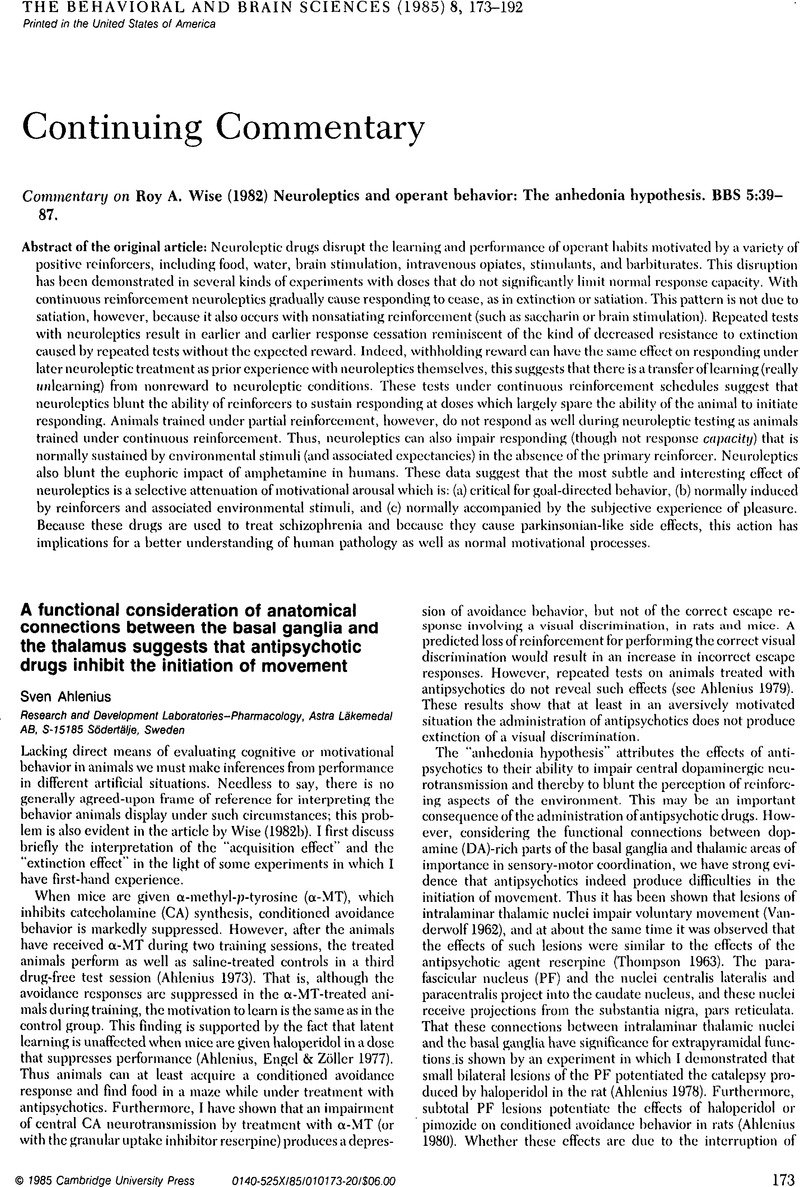Crossref Citations
This article has been cited by the following publications. This list is generated based on data provided by Crossref.
Goldberg, Gary
1987.
Premotor systems, motor learning, and ipsilateral control: Learning to get set.
Behavioral and Brain Sciences,
Vol. 10,
Issue. 2,
p.
323.
Preilowski, Bruno
1987.
The role of corollary motor discharges, the corpus callosum, and the supplementary motor cortices in bimanual coordination.
Behavioral and Brain Sciences,
Vol. 10,
Issue. 2,
p.
322.



